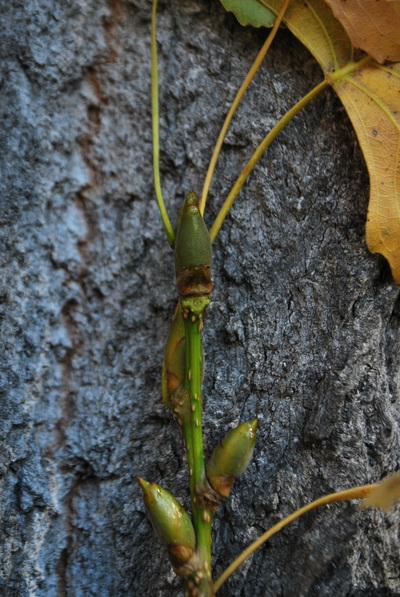Eastern Cottonwood
The eastern cottonwood can be seen throughout the Minnesota landscape, in the urban environment as well as the natural areas. This tree, while widely planted, can be quite a trouble maker. The tree is short lived, very fast growing and can take over an open area if left to its own. It has very weak wood; the branches will come down in storms easily. They are very messy; the females produce a cotton and flowers that will be everywhere in the spring. That said, these trees will tolerate almost any situation. They are adaptable to most salt and drought situations. This tree is not recommended to be planted near homes or anywhere that there will be targets for branches during storms.







